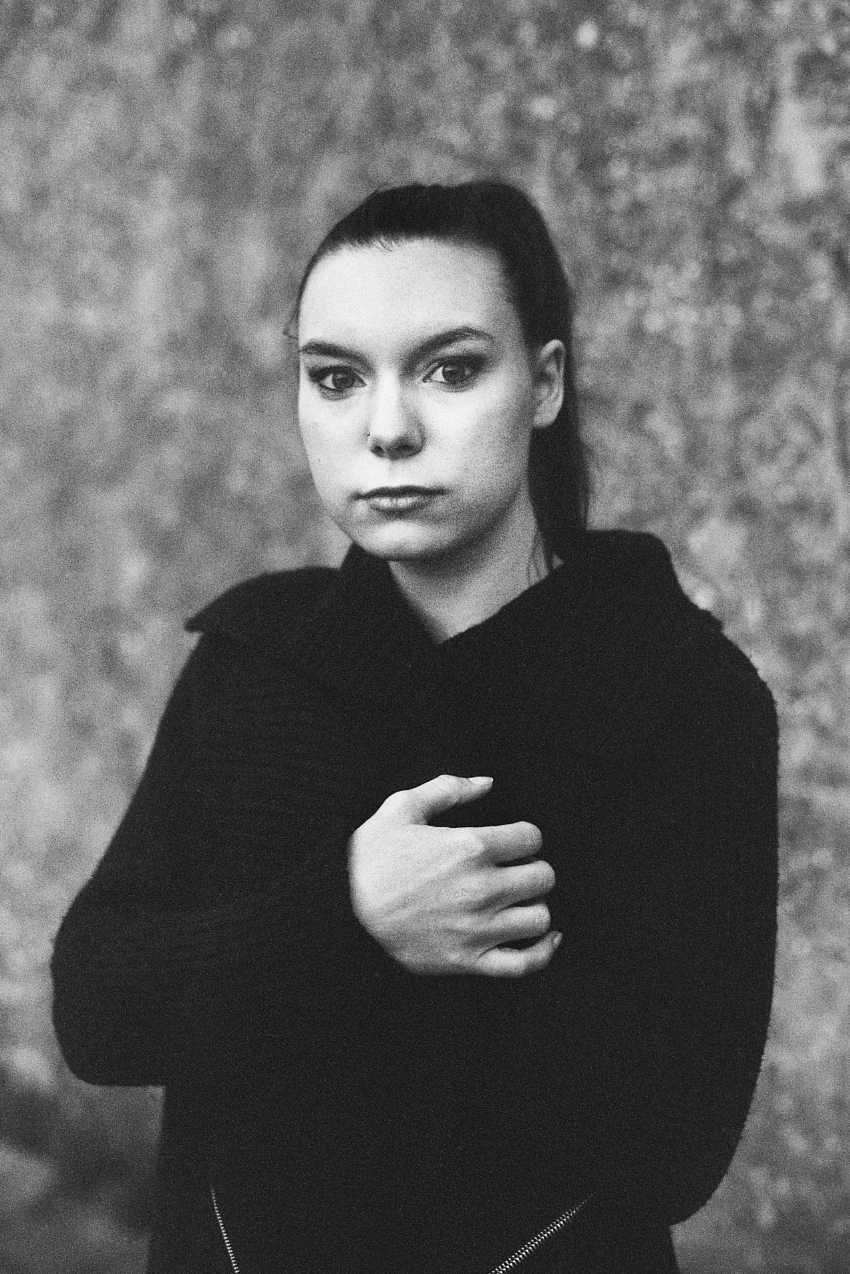04.06.22 - 18.09.22

Clyde Lepage. Pazea Sovni
As part of their partnership, the Belgian newspaper Le Soir and the Museum of Photography have launched La Galerie du Soir. At the same time as each new major exhibition by the Museum, La Galerie du Soir introduces a young artist to be discovered. A wager on the future that has fourcomponents: a small but significant exhibition display in the Museum, a portfolio in the magazine Photographie Ouverte, a presentation of the photographer in the pages of Le Soir and a selection of the photographer’s work on the site www. lesoir.be. For this new edition of La Galerie du Soir, we chose Clyde Lepage. Clyde Lepage’s career has taken an odd route. For a long time, she was attracted by speech arts, which she discovered during her studies, before focusing more broadly on them by attending courses at a conservatory. But at the same time, she developed a passion for images through a rather unexpected detour. In the waiting room of the office of her father, a child psychiatrist, no tabloid magazines but a mixture of richly illustrated scientific or geographical reviews. “I used to spend my time leafing through them, cutting out and collecting the pictures without ever doing anything with them.” The attraction for visual language is there nevertheless but, on leaving secondary school, she decided to find out what the real world was like and was going to spend several years actively involved in political and ecological struggles. “I had bought the camera from a friend some time ago but I didn’t want to take up photography at that time. I wanted to be part of the action and not an onlooker.”
When she came back to Belgium, brimming with a sound experience of life (“I had the impression of having found peers, of having learned what life was about”), she did not see herself returning to speech arts, being increasingly attracted to visual arts. She therefore submitted applications to several schools. “At ESA Le 75 Art School, one of the last questions in the entrance examination involved explaining why we wanted to fight. I said to myself that it was a good sign.”
Her choice therefore went to ESA Le 75, “not a multidisciplinary school in any way, where the creative process gives priority to the documentary, and stu- dents learn all the basics of photography”. Once she had obtained her degree, she continued her studies towards a Master’s degree at ERG – School of Gra- phic Research, this time in the area of performance and installation.
We find all this in “Pazea Sovni”, a work begun a few years ago and in which, influenced in particular by her discovery of Belgian cinema, she photographs her region of origin, featuring many persons in her life. “I needed to find my region again, the landscapes that I used to see when I was young, flashing by the windows of a train, bus or car. Today, I go back there and I take my time to rediscover places and the people living there, the people I knew.” She stages it all in an astonishing mixture of social documentary, poetry and burlesque, interfacing sometimes with the fantastic. “In this work, my photography is influenced by the practice of performance. And the way of showing it, by the practice of installation.”
For five years, she has been retracing the footsteps of her childhood and her teenage years. “Most of the persons shown in the photographs are people I knew, who are part or who used to be part of my life. There are people I found after 15 years and others I passed by chance in the street.”
In the latter case, even if it happens fairly rarely, she can take photos straight away, in half an hour. “I prefer meetings spread over time,” she explains, no- netheless. “I explain my project, I show my pictures and then we arrange to meet. That makes it possible for people to prepare themselves, to choose how they wish to appear. The idea is that we create something together. We try, we fumble around. Sometimes nothing is forthcoming, and so I come back later, I explore, I listen to what people say.”
But, in any case, she photographs only people from “her territory”, between Namur and Liège, creating a sort of self-commissioned photographic assign- ment, “something weird” on the borderline between documentary and mystery. “There is something extravagant which does not only come from me. We construct it together. And then, for me, there is a mixture of memories, dream, fantasy and reality. I am no longer sure whether I am trying to talk of the past, of the present or is it rather a fable.”
One thing I can say: “I realised that I felt really at home in this region and I wondered what it was I liked there so much.” When she is asked whether she has found an answer, she hesitates, pauses to think for a while before responding with a smile: “I think that I am going to go on searching all my life.”

